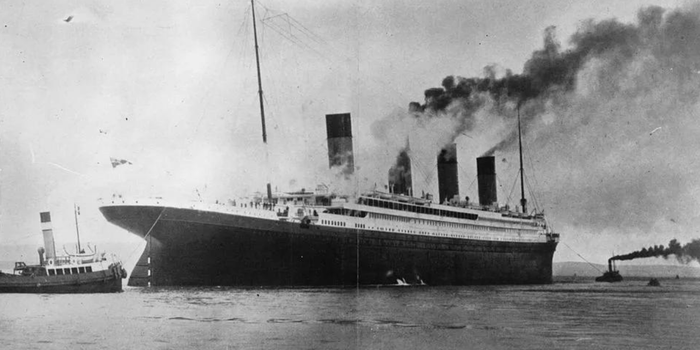Less than 400 bodies were recovered after the tragedy
Over 1,500 people died in the tragic sinking of the Titanic back in 1912, but less than 400 bodies were recovered.
The bodies of the remaining estimated 1,160 people who died in the waters were never found, and now an expert has spoken out as to why this is the case.
Historian and maritime archaeologist James Delgado spoke to the MailOnline and said that there may be ‘some semblance of human remains’ still inside the ship.
“Scientists think that could be a possibility, but this is a science we don’t know much about, particularly in the deep ocean,” he told the outlet.
Delgado explained that the ocean floor is full of microbial life which means that ‘even teeth dissolve’ after a period of time.
The expert has dived down to the wreckage twice, once in 2000 and again in 2010, and described his experience of being there.
“What you see which is very compelling is pairs of shoes splayed, suggesting this is where they ultimately came to rest,” he said.
“It’s a tangible reminder of the loss of these lives.”
In the over 100 years since the Titanic sank, no human remains have ever been recovered, despite multiple expeditions down to the wreckage.
James Cameron, who directed the Titanic movie and has gone down to the wreckage over 30 times, told the New York Times that he had never seen a body while down there.
“We’ve seen clothing, we’ve seen shoes, we’ve seen pairs of shoes, which would strongly suggest there was a body there at one point, but we’ve never seen any human remains,” he told the outlet.
Forensic expert Professor John Cassella of Atlantic Technological University in Sligo explained to the outlet that bones degrade especially fast in salty water, and the existence of any remaining bones would be due to a balance of salt water levels, the pH of the water and effects of microorganisms.
“Bone is made from a mineral called hydroxyapatite, made up of calcium and phosphate primarily but lots of other smaller molecules,” he said.
“The water will assist in the dissolution or the dissolving of this bone mineral and of course the fragile organic proteins that help glue the bone together.”
Cassella added: “There may well be many bones left but they are so widely dispersed in and around the wreck and covered in silt that it would be very hard to identify them.”
Forensic anthropologist and President of St John’s College at Oxford University Professor Dame Sue Black echoed Cassella’s sentiment.
“In reality it is the damage done by predation that causes the destruction,” she said. “Marine life see bones as a calcium reservoir to be tapped.”
The Titanic shipwreck itself is said to be in danger, with bacteria are consuming the boat’s iron hull. Eventually they will eat up the whole of the wreckage.
Related links:
- Child actor who still gets paid for Titanic role reveals he’s stopped cashing in the cheques
- Man accidentally plays Titanic music on plane not realising he’s sat next to Kate Winslet















































